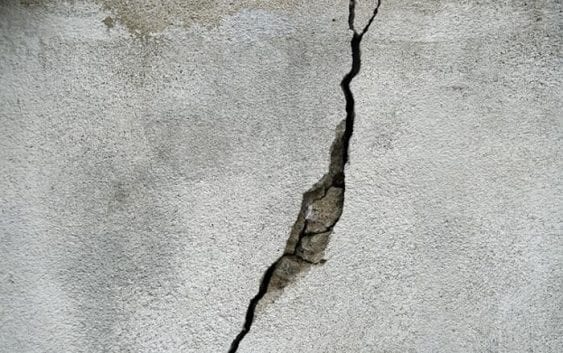Only hours before a poorly designed bridge at Florida International University collapsed and killed six people last Thursday, the firm responsible for its construction had met to discuss an emerging crack on the structure’s façade.
According to The New York Times, Figgs Bridge Engineers delivered a technical presentation on the crack and “concluded there were no safety concerns and the crack did not compromise the structural integrity of the bridge.” In attendance at the meeting were representatives from Florida International University and an official from the state Department of Transportation. Leading the panel was the project’s chief engineer, W. Denney Pate.
Two days before the meeting and subsequent collapse, Pate had reached out to the Florida Transportation Department, leaving a voicemail about “some cracking that’s been observed on the north end” of the bridge.
“We’ve taken a look at it and obviously some repairs or whatever will have to be done,” he said.
Both in the message and at the meeting, Pate maintained that the fissure didn’t present any particular danger to the public. As Robert Accetta of the National Transportation Safety Board told CNN, a crack in a bridge “does not necessarily mean it is unsafe.”

And at no point during the meeting, Department of Transportation officials say, “did Figg or any member of the F.I.U. design-build team ever communicate a life-safety issue.”
As the Times points out, the crack’s significance isn’t yet known, no matter how suspect its appearance may seem. Specialists from the National Transportation Safety Board are currently overseeing an investigation into the small-scale disaster.
Construction crews ‘were working on a diagonal beam at the north end of the structure at or about the time of collapse.’ Workers, writes the Times, were tightening cables inside a bridge beam – a routine adjustment engineers call “post-tensioning.” The procedure is typically used to refine the integrity of structures shortly after construction.
Investigators aren’t sure whether the post-tensioning was routine or intended to address the cracking Pate had reported days earlier.
On Thursday morning, the north face of the bridge fell – the rest came down shortly after. Rescue workers spent days digging through nearly 1,000 tons of cable, wire, concrete and steel. Mangled bodies were pulled out of crushed vehicles.
Six people died – five in the immediate aftermath of the collapse, another at an area hospital.
“I believe that is the final count,” said Miami-Dade County Police Director Juan Perez. “This ends with a tragedy of six […] We are pretty confident that no one is left.”
The casualties were a mix of construction workers and commuters. One woman was killed as she drove underneath the bridge; four men were trapped and died inside of two separate vehicles. A single worker was buried under concrete blocks.
Sources
Crack on Florida Bridge Was Discussed in Meeting Hours Before Collapse
With a pause to pray, rescuers retrieve last of 6 killed in bridge collapse


Join the conversation!